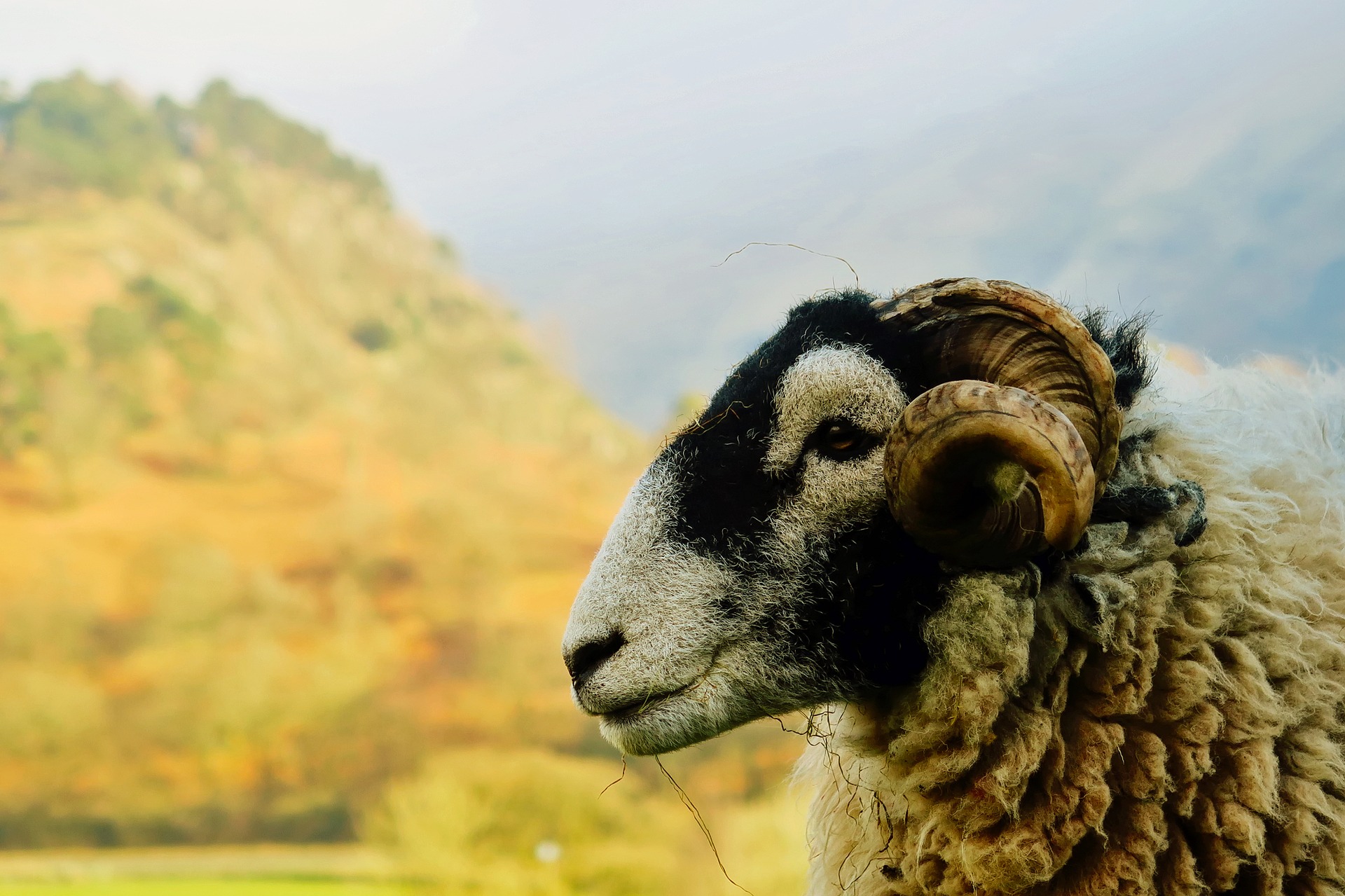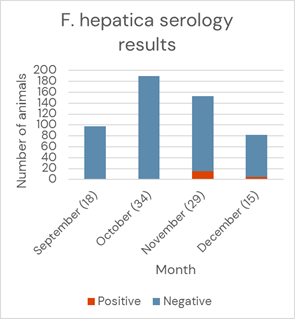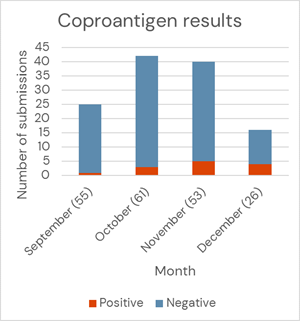Metabolic sampling ewes pre-lambing plus a quick fluke update

Around three weeks before lambing is the optimal time to check the nutritional status of ewes.
Spring is approaching and so is the ideal time for checking the nutritional status of ewes pre-lambing. We recommend sampling ten multiple-bearing ewes in a range of body condition scores, around three weeks before lambing. Any earlier than this and metabolic issues can be missed, but any later and it is too late to make feed adjustments. Avoid sampling ewes straight after concentrate feeding.
Probably the most useful profile for analysing the nutrition of pre-lambing ewes is the Ewe Nutrition Profile (ten animals) for urea and BOHB. Additional biochemical parameters can be added if needed.
Interpretation of results:
- BOHBs – Elevation suggests fat mobilisation. Group means should be either <1.0 mmol/L for twin or triplet bearing ewes OR <0.8 mmol/L for unscanned ewes
- Urea - Reduced levels suggest a recent shortage of degradable protein which will affect colostrum quality and milk volume
- Albumin – Reduced levels can suggest a long-term dietary protein insufficiency, but other factors can also affect albumin levels
NEFAs (Non esterified fatty acids) can be difficult to interpret in ewes as they are likely to be elevated in late pregnancy due to the high energy demands of the foetuses.
If blood sampling suggests a nutritional deficit then a number of factors should be considered, including the metabolizable energy (ME) requirements, dry matter intakes, feed quality, how the feed is presented and trough space. Water availability, dentition and concurrent disease will also impact nutritional status.
Sheep fluke update
Samples submitted up to the end of December 2022 were looked at for the graphs below (Figures 1 and 2). As you can see, very few sheep screened indicated exposure to fluke, and there were only four samples which tested positive on coproantigen screening in December.
In the last week have had two post mortem room submissions where adult ewes have had evidence of chronic liver fluke damage. We have also been seeing more positive liver fluke faecal egg counts in January, so it may be worth doing another faecal test at this point in the year if one has not been done recently. Adulticide products are usually most appropriate in late season infections.


Posted by SRUC Veterinary Services on 10/02/2023
